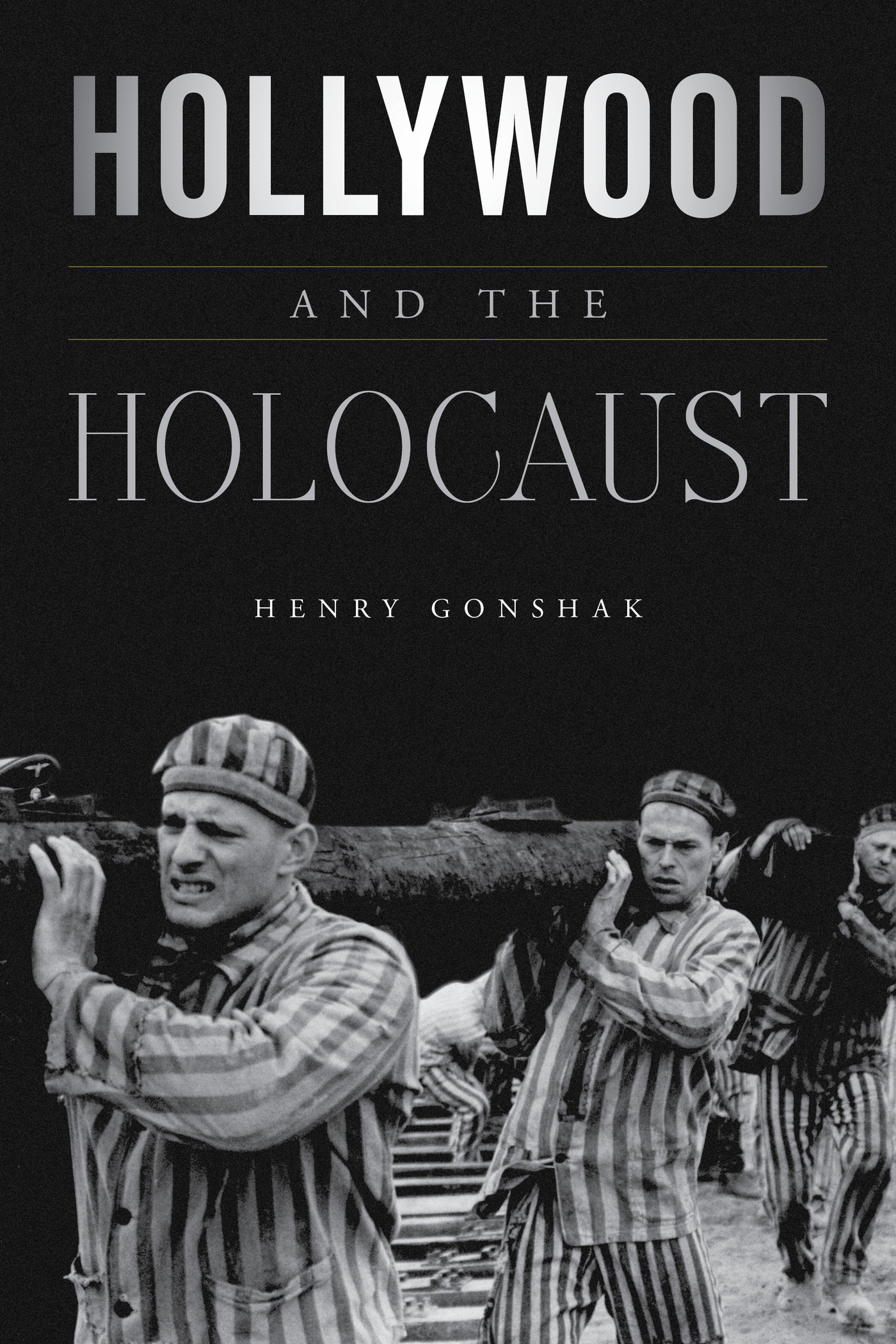Hollywood
and the Holocaust
FILM AND HISTORY
Series Editor: Cynthia J. Miller
European Cinema after the Wall: Screening EastWest Mobility, edited by Leen Engelen and Kris Van Heuckelom
Native Americans on Network TV: Stereotypes, Myths, and the Good Indian, by Michael Ray FitzGerald
Bringing History to Life through Film: The Art of Cinematic Storytelling, edited by Kathryn Anne Morey
Hollywood and the End of the Cold War: Signs of Cinematic Change, by Bryn Upton
Smart Chicks on Screen: Representing Women's Intellect in Film and Television, edited by Laura Mattoon DAmore
The JFK Image: Profiles in Docudrama, by Raluca Lucia Cimpean
Food on Film: Bringing Something New to the Table, edited by Tom Hertweck
Real War vs. Reel War: Veterans, Hollywood, and WWII, by Suzanne Broderick
Talking about Pauline Kael: Critics, Filmmakers, and Scholars Remember an Icon, edited by Wayne Stengel
The Westerns and War Films of John Ford, by Sue Matheson
Buccaneer: James Stuart Blackton and the Birth of American Movies, by Donald Dewey
Hollywood and the Holocaust, by Henry Gonshak
Hollywood
and the Holocaust
Henry Gonshak
ROWMAN & LITTLEFIELD
Lanham Boulder New York London
Published by Rowman & Littlefield
A wholly owned subsidiary of The Rowman & Littlefield Publishing Group, Inc.
4501 Forbes Boulevard, Suite 200, Lanham, Maryland 20706
www.rowman.com
Unit A, Whitacre Mews, 26-34 Stannary Street, London SE11 4AB
Copyright 2015 by Rowman & Littlefield Publishers, Inc.
All rights reserved. No part of this book may be reproduced in any form or by any electronic or mechanical means, including information storage and retrieval systems, without written permission from the publisher, except by a reviewer who may quote passages in a review.
British Library Cataloguing in Publication Information Available
Library of Congress Cataloging-in-Publication Data
Gonshak, Henry, 1958
Hollywood and the Holocaust / Henry Gonshak. pages cm
Includes bibliographical references and index.
ISBN 978-1-4422-5223-3 (hardcover : alk. paper) ISBN 978-1-4422-5224-0 (ebook)
1. Holocaust, Jewish (19391945), in motion pictures. 2. Holocaust, Jewish (19391945)Influence. 3. Motion picturesUnited StatesHistory20th century. 4. Motion picturesUnited StatesHistory21st century. I. Title.
PN1995.9.H53G66 2015
791.43'658dc23
2015016263
 TM The paper used in this publication meets the minimum requirements of American National Standard for Information Sciences Permanence of Paper for Printed Library Materials, ANSI/NISO Z39.48-1992.
TM The paper used in this publication meets the minimum requirements of American National Standard for Information Sciences Permanence of Paper for Printed Library Materials, ANSI/NISO Z39.48-1992.
Printed in the United States of America
Acknowledgments
Hollywood and the Holocaust could never have been written without the assistance of my late father, Irwin Gonshak. My father began his career as a social studies teacher at a New York City junior high school, but his real love was for educational and dramatic radio. For many years, he worked as a script writer for WNYE-FM, the official radio station of the New York City Public School System. My father read the New York Times every day of his adult life, and he must have read with scissors in hand, because he sent me literally thousands of articles, from the Times and elsewhere, which proved vital to my research. My student assistant, Pat Wright, also deserves my thanks for undertaking the laborious task of organizing and filing all those clippings.
My father also found me dozens of books on the Holocaust, many of which became sources for this work. A great supporter of locally owned bookstores, he ordered all these books through Buttes own independent store, Books & Books. Every time we talked on the phone, my father would ask if I needed new books and often had books to recommend. Although he defined himself as a secular humanist, my father never lost his intimate connection to cultural and ethnic Judaism. Indeed, my father was a Jewish scholar in his own right. As a young man, he wrote scripts for the radio program The Eternal Light, a Jewish dramatic show, which happened to be the first American media outlet to broadcast the story of Anne Frank. Many of the books used for Hollywood and the Holocaust were simply plucked off the shelves of my fathers personal library, which included an extensive collection of Judaica. My only sadness is that my father didnt live long enough to see this book in print. But my memories of him permeate every page.
I would also like to thank the institution where Ive taught English for the last twenty-five years: Montana Tech in Butte. My college awarded me a sabbatical, which I spent working on this book. Let me also thank the US Fulbright Program, which allowed me to spend the 20082009 school year teaching Jewish-American literature as well as the Holocaust in American film at the University of Wroclaw in Poland. My light teaching load left me plenty of time to engage in on-site research about the Holocaust in Poland. As part of that endeavor, I gave a paper at a Holocaust conference at Jagiellonian University in Krakow. It was during this conference that I first visited Auschwitz.
As well, Id like to thank the US Holocaust Memorial Museum in Washington, DC, where I not only spent many hours wandering through its information-packed exhibits but also did research for the book in the museums extensive library for scholars. Additionally, my thanks go out to the Jentel Artist Residency Program in Sheridan, Wyoming, where I devoted a month to working on this book.
Among the editors at Rowman & Littlefield, I worked most closely with Cynthia Miller, editor of the publishers Film and History series, in which this book appears. Throughout the lengthy process of bringing Hollywood and the Holocaust into print, Miller was a wonderful editor: knowledgeable, meticulous, steadfast, and kind.
Finally, thanks to my wife, Nancy Coughlin, who worked with me from start to finish. Though all errors of fact and judgment are, of course, my own, Nancy edited two full drafts of this book, sentence by sentence, word by word. Nancy has the literary equivalent of perfect pitch in music: she has a remarkable gift for revision. I dedicate this book to her, as well as to my wonderful daughter, Rebecca Gonshak, with all my heart.
Chapter Introduction
Can Hollywood Get It Right?
This book is a study of fictionalized representations of the Jewish Holocaust in Hollywood movies from the World War II era up to the present day. Its premise is quite simple: for better or worse, the average American (as well as millions internationally) generally learns about the Holocaust not through history books, documentary films, or serious works of literature and cinema but rather through Hollywood portrayals (along with other examples of mass media, such as commercial television, popular fiction, and Broadway plays). What happened during the Holocaust, why it happened, whether it can happen again, what lessons should be drawn from the genocidewhatever answers ordinary people find to these vital questions have been determined predominantly by popular culture, with its primary branch being Hollywood, which both shapes and reflects public attitudes in a complex dynamic. For most Americans, Schindlers List isnt about the Holocaust; it

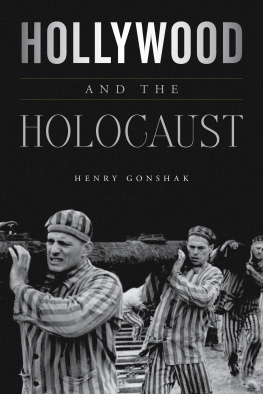

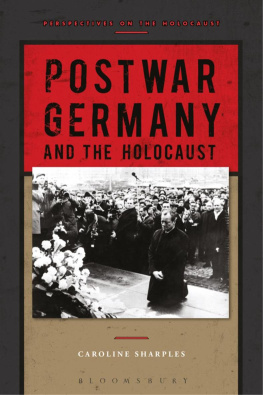

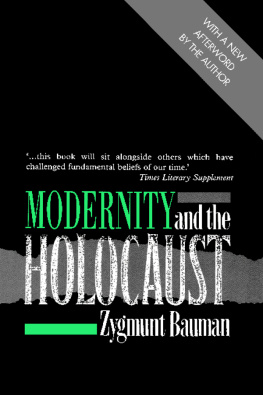
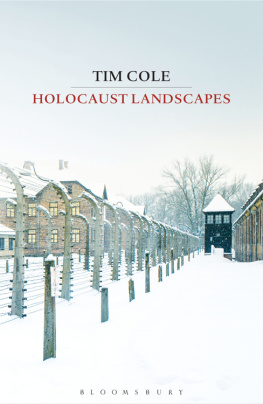
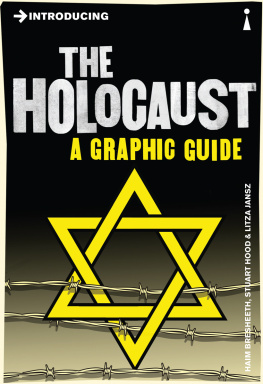
 TM The paper used in this publication meets the minimum requirements of American National Standard for Information Sciences Permanence of Paper for Printed Library Materials, ANSI/NISO Z39.48-1992.
TM The paper used in this publication meets the minimum requirements of American National Standard for Information Sciences Permanence of Paper for Printed Library Materials, ANSI/NISO Z39.48-1992.